Turn and face the strange
Ch-ch-changes!
– David Bowie
I have more than once caught myself humming David Bowie’s 1972 hit Changes over the past few weeks. Spring in southern Ontario is very much a season of changes – from day to day, week to week, month to month. It’s an exciting time to be a newbie birder since, with apologies to the late, great David Bowie, each time you turn to the window it seems you face the strange, in the form of a new bird you haven’t seen before or in a very long while.
Living as we do near the western end of Lake Ontario, we’re blessed with an abundance of temporary visitors who stop by the feeders for a day or two on their annual migrations. We see them briefly, then they’re gone – some not to be seen again till the fall, others not till the following spring. The white-crowned sparrows, for instance, show up faithfully each May but stay for only a day or two, prowling around the base of the feeders before continuing on to their summer homes somewhere else. We see white-throated sparrows far more frequently, making the white-crowned birds all that much more special.
The rose-breasted grosbeaks follow a similar path. Although our bird books show them to be resident in this area year-round, for some reason we only ever seem to see them for a day or two each spring. That first prolonged warm patch in early May always brings a small number of grosbeaks to the feeder, where they camp out on the safflower cylinder and proceed to positively gorge themselves. And then, just when you think they’ve eaten so much that there’s no way they can fly any more, poof! They’re gone for another year.
Even the birds who live in our yard year-round go through changes each spring. Take the goldfinch gang, for instance. In April the males are still dressed in their duller winter plumage, blending right in with all the girls. Then as the weather warms, for a week or two they begin to look downright scruffy as old feathers give way to new. But by the Victoria Day weekend, transformation complete, the boys have donned the brilliant yellow summer plumage that gives these birds their name. Each passing day brings a different view at the feeder, as our little friends swap winter olive for summer gold.
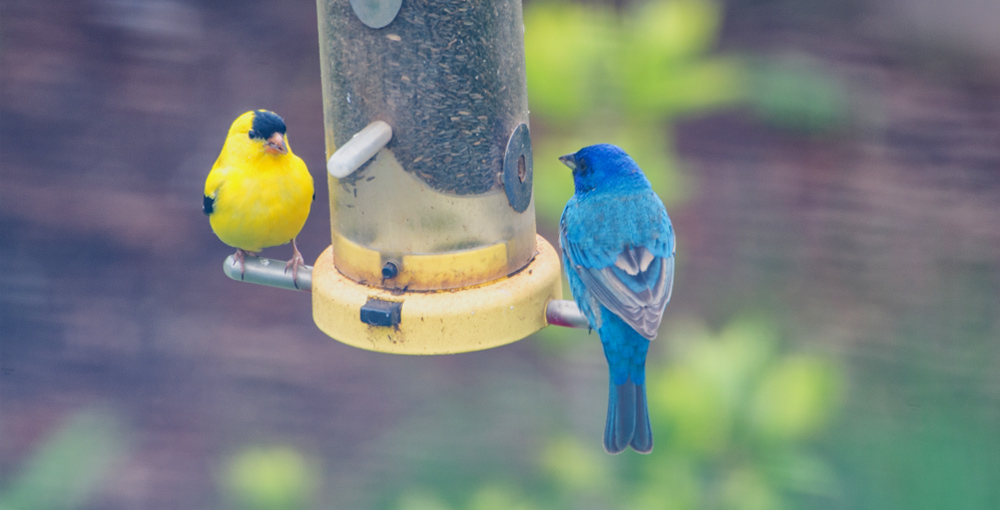
By Mother’s Day, the males are stunning. This one is joined at the feeder by our first indigo bunting.
While every season offers its own unique charms, spring will always be special for the changes that it brings. Whether it’s the first ker-cheep of a red-winged blackbird confirming the end of winter, or the first glimpse of a bright orange oriole marking the true start of summer, spring brings the promise of something new with every glance at the feeder.



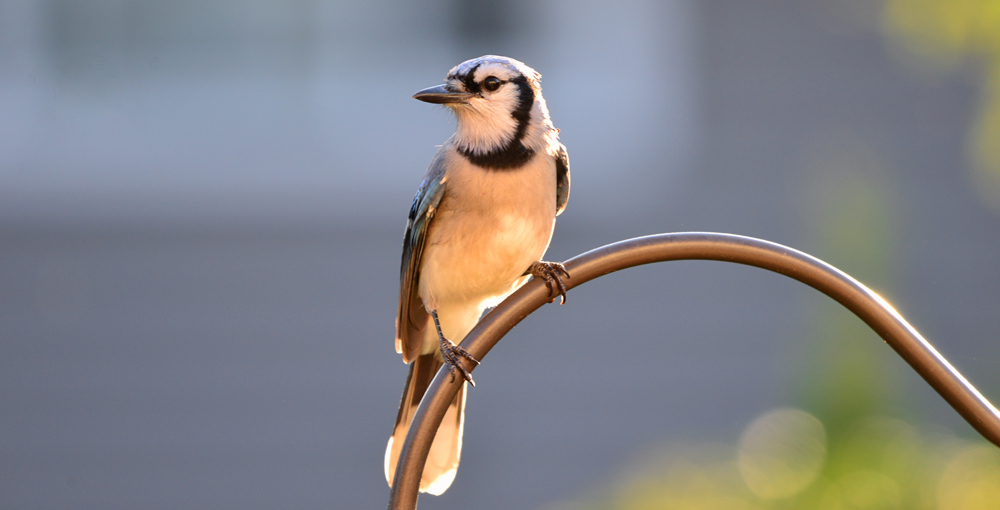
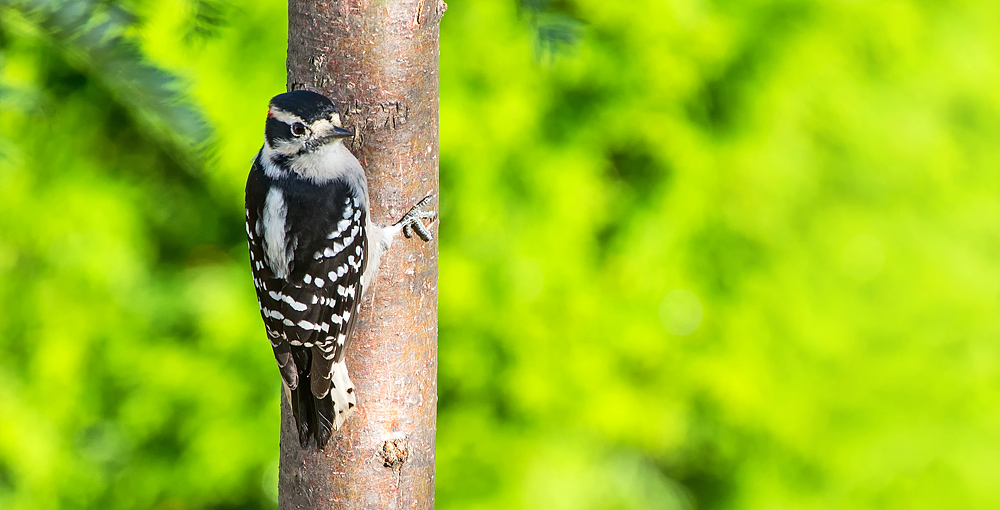
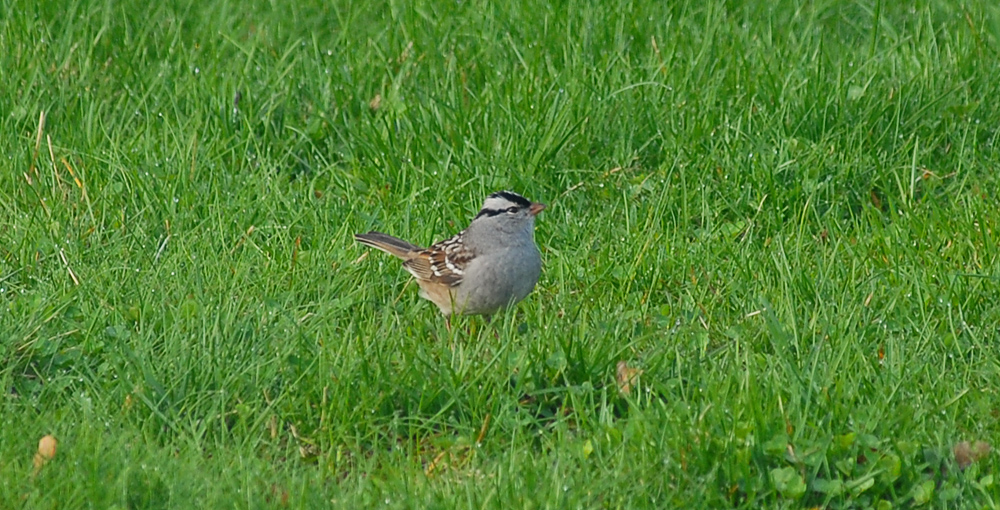
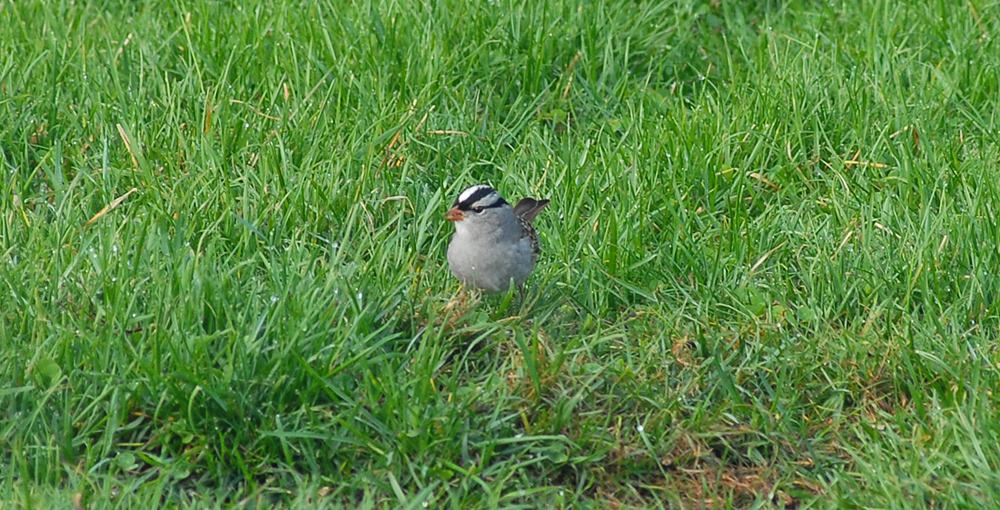
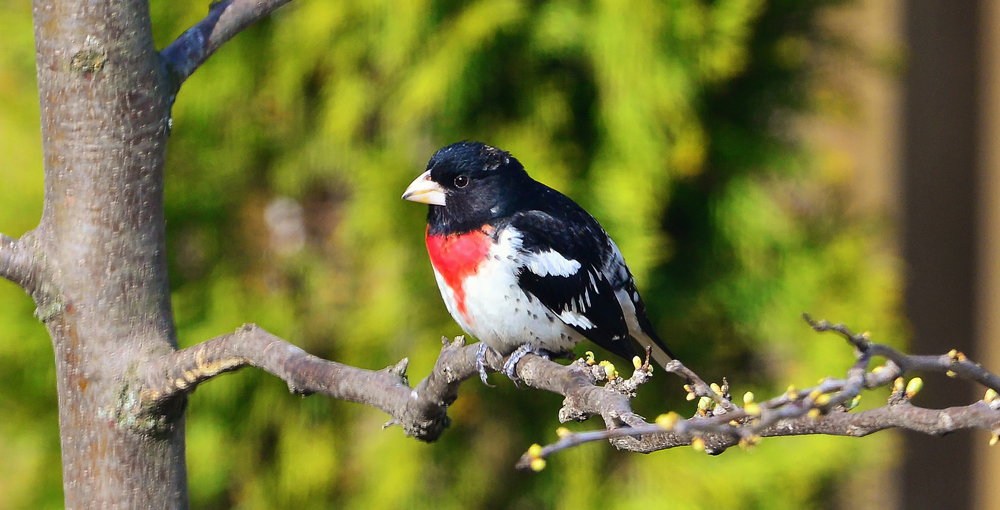
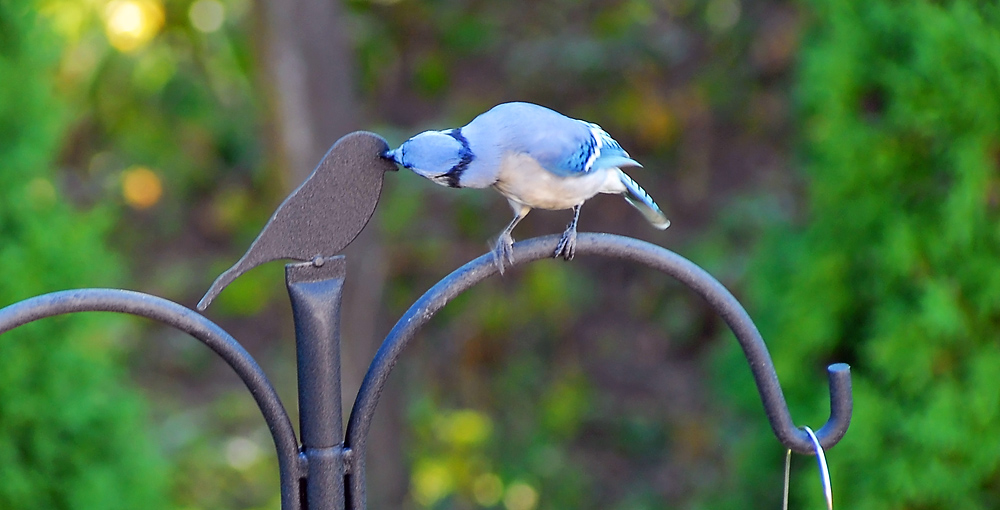
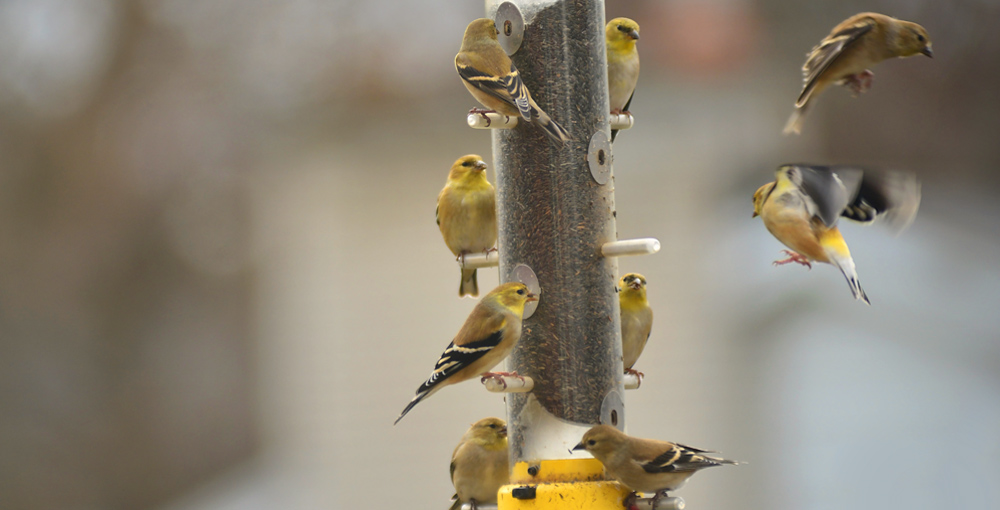
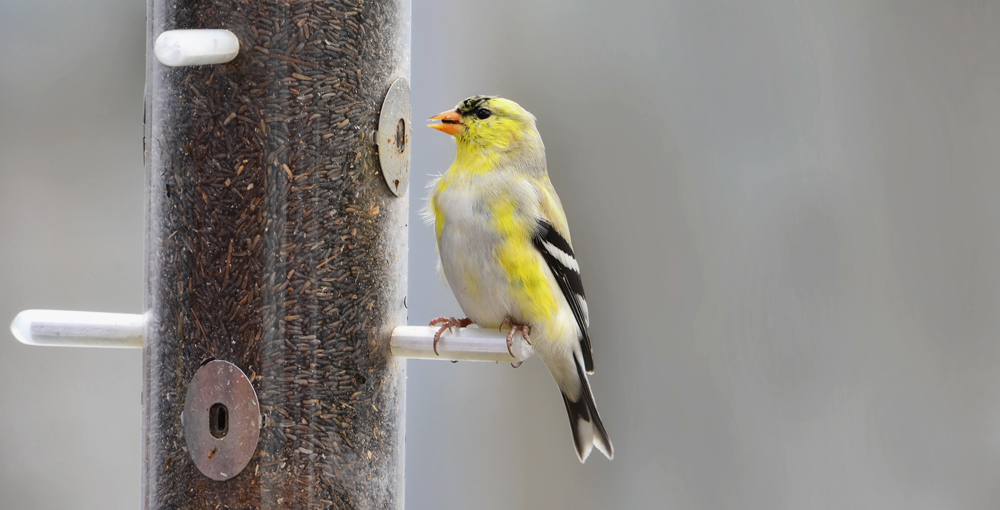
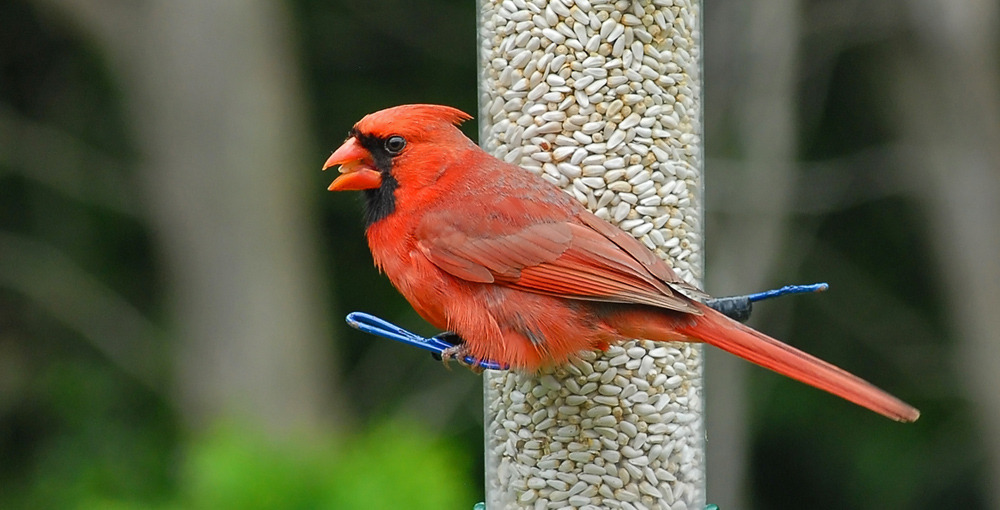
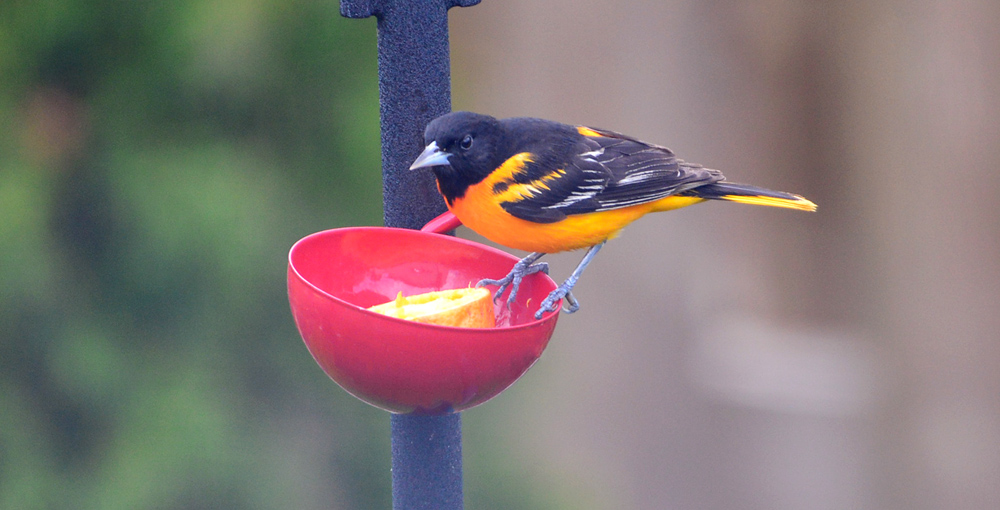
Your yard seems very much like ours every Spring, though we are still waiting for the day an Indigo Bunting makes an appearance. 🙂